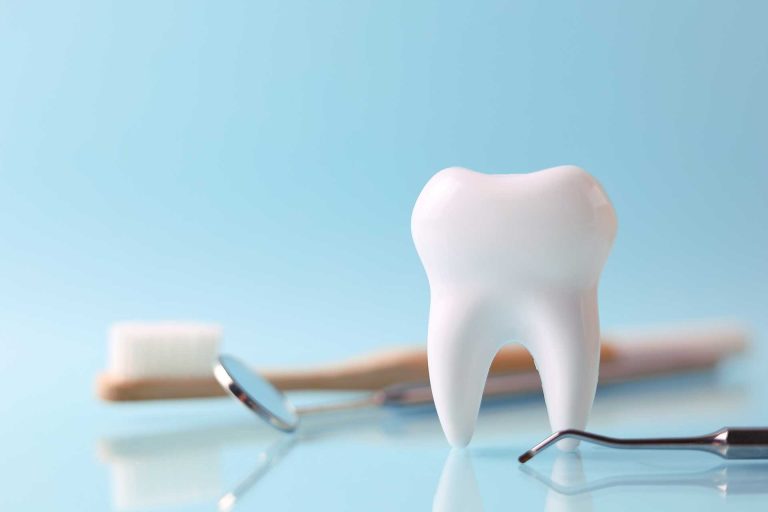Importance of CT Urograms in the Diagnosis of Urinary Tract Diseases
CT urograms are an important tool in the diagnosis of urinary tract diseases. They can provide detailed information about the structure and function of the kidneys, ureters, and bladder, and can help to identify any abnormalities. It has high sensitivity and specificity for the diagnosis of upper urinary tract calculi, ureteric stones, and vesicoureteric reflux (VUR).
What is a CT urogram?
A CT urogram in New Jersey is an imaging test that uses X-rays and a computer to create detailed images of the urinary tract. The test is also sometimes called a CT urography or renal CT.
A CT urogram uses contrast material to help the doctor see the urinary tract. The contrast material is a substance that causes the body to make extra urine.
The CT urogram is used to determine:
- The size and location of stones
- The presence of a tumor
- The presence of a cyst
- The size and location of the kidneys
How is a CT urogram performed?
The CT urogram is performed in the radiology department of the hospital. You will be asked to remove your clothing and put on a gown.
How is a CT urogram used to diagnose urinary tract diseases?
CT urograms can be used to diagnose a wide variety of urinary tract diseases, including:
- Kidney stones
- Urinary tract infections
- Cancer of the kidney, ureter, or bladder
- Enlarged prostate
- Cysts
- Tumors
How is a CT urogram performed?
The CT urogram is performed in the radiology department of the hospital. You will be asked to
- remove your clothing and put on a gown.
- lay on the CT table.
- put your arms up above your head.
- apply the CT tube to your back.
- insert the CT tube into your rectum.
- insert a lubricant (called a lubricant enema) into your rectum.
- apply a pressure ring to your lower back to hold the CT tube in place.
- apply a CT contrast medium to your rectum.
- take a series of pictures of your lower intestine as the contrast medium moves through your rectum and into your colon.
- remove the CT tube from your rectum.
- remove the pressure ring from your back.
- remove the lubricant from your rectum.
Conclusion
CT urograms are a valuable tool in the diagnosis of urinary tract diseases. They can provide detailed information about the structure and function of the urinary tract, and can help to identify any abnormalities.



















